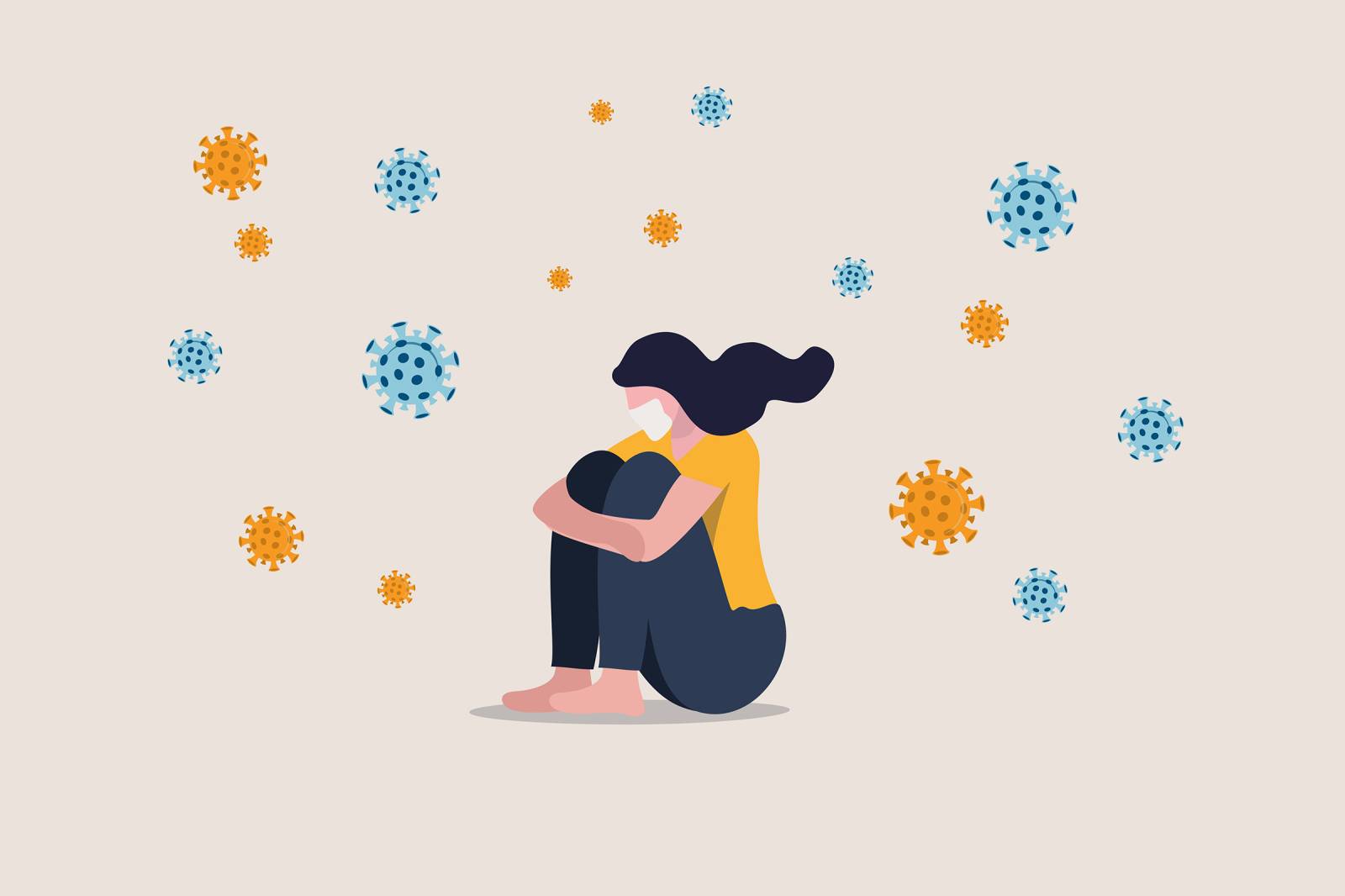When Albert Einstein met Charlie Chaplin in 1931, Einstein said, “What I admire most about your art is its universality. You do not say a word, and yet the world understands you.”
“It’s true.” Replied Chaplin, “But your fame is even greater. The world admires you, when no one understands you.”
 BEYOND RELATIVITY
BEYOND RELATIVITY
is not BEING a Caring Catalyst. . .
IT IS MAKING SOMEONE FEEL LIKE
THEY ARE IN THE PRESENCE OF ONE
WITHOUT SAYING A WORD
OR FULLY UNDERSTANDING
HOW YOU CAN MAKE THE HAIR STAND UP ON THEIR ARMS
AND TINGLE LIKE IN NO OTHER WAY
just by how you treat them
Pssssssssssssssssssssssssssssssssssssssst:
NEWS FLASH
It
Ain’t
ROCKET SCIENCE
(It can readily be proven but seldom is. . .CHANGE THAT!)





 iStock
iStock


























